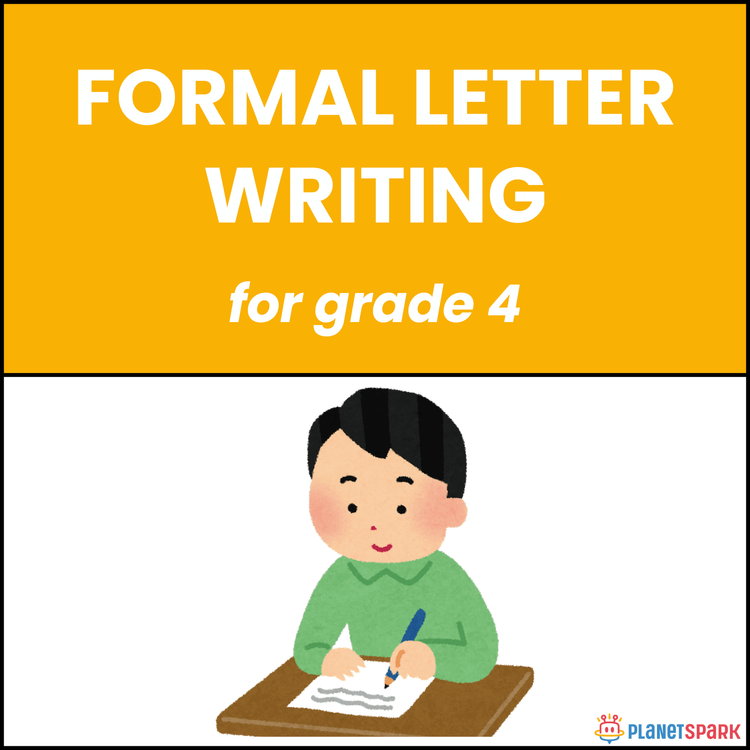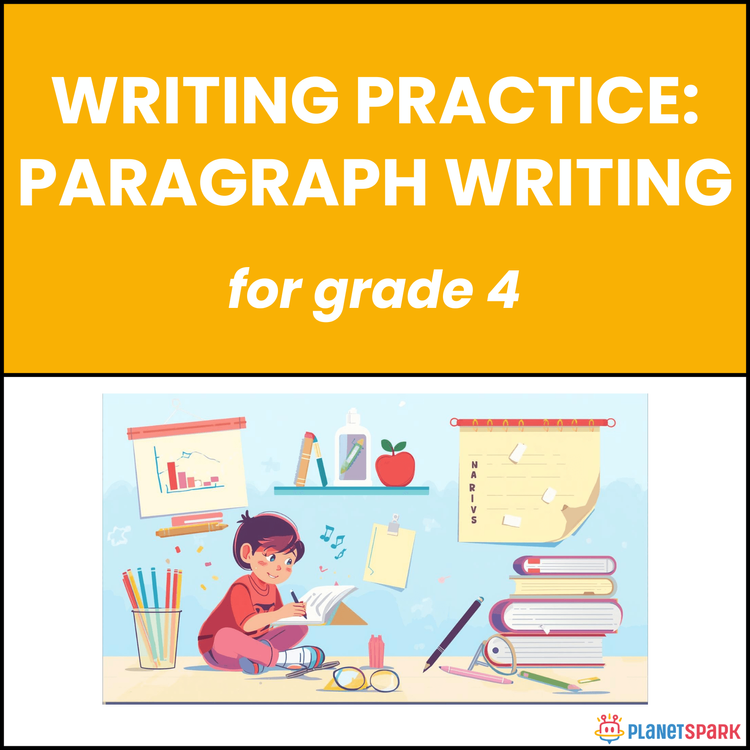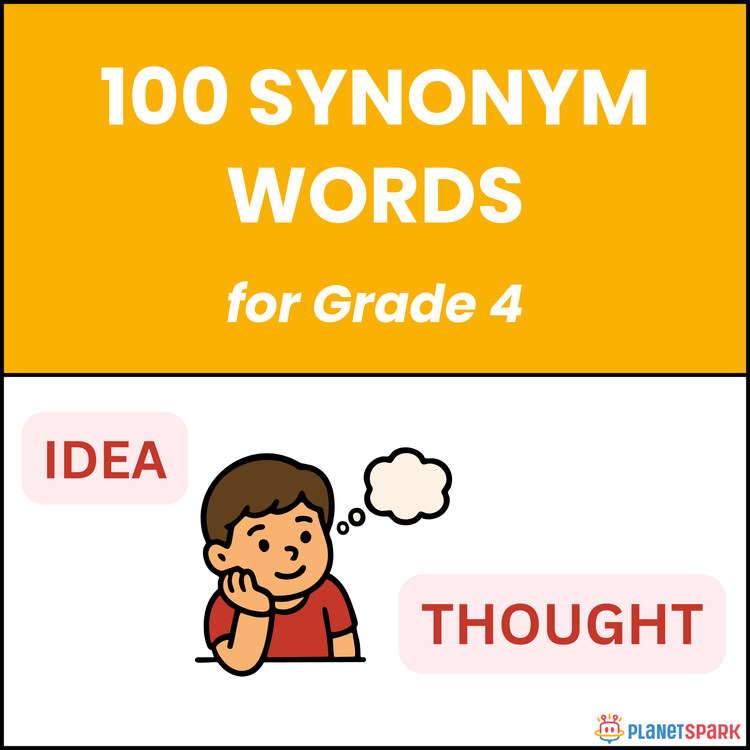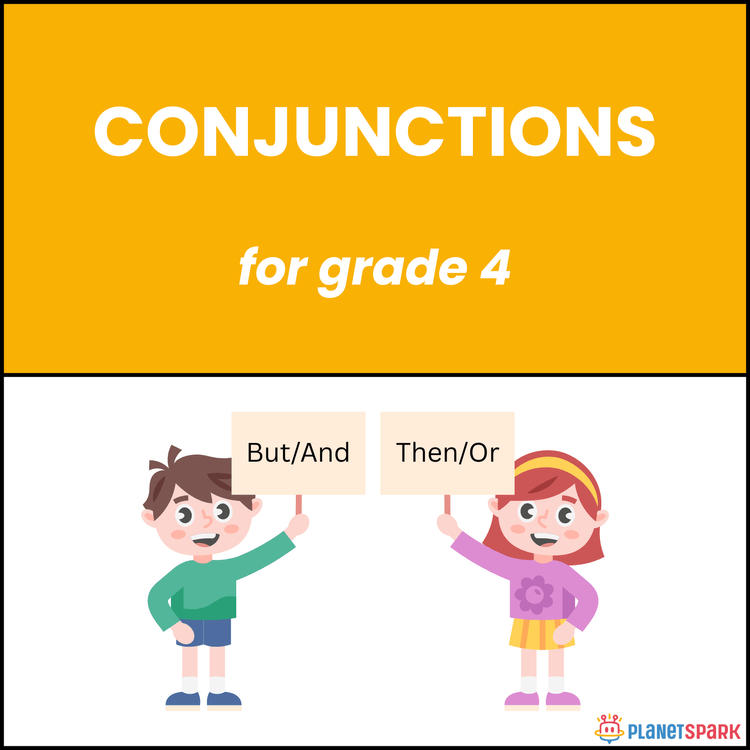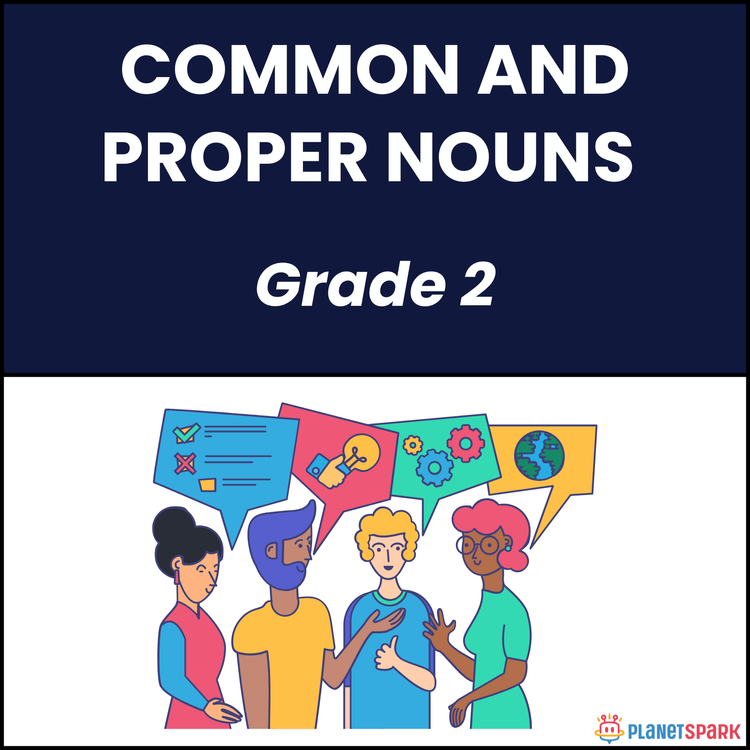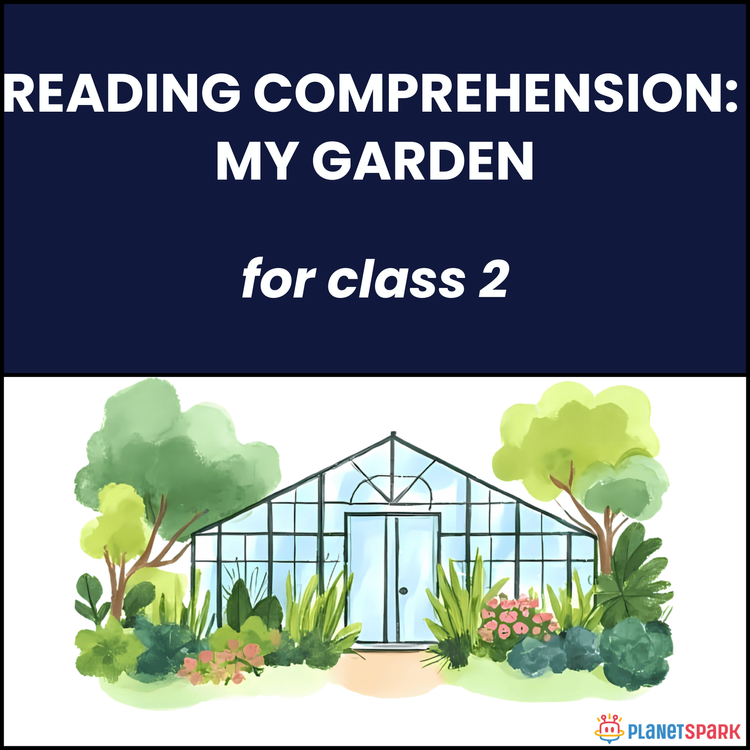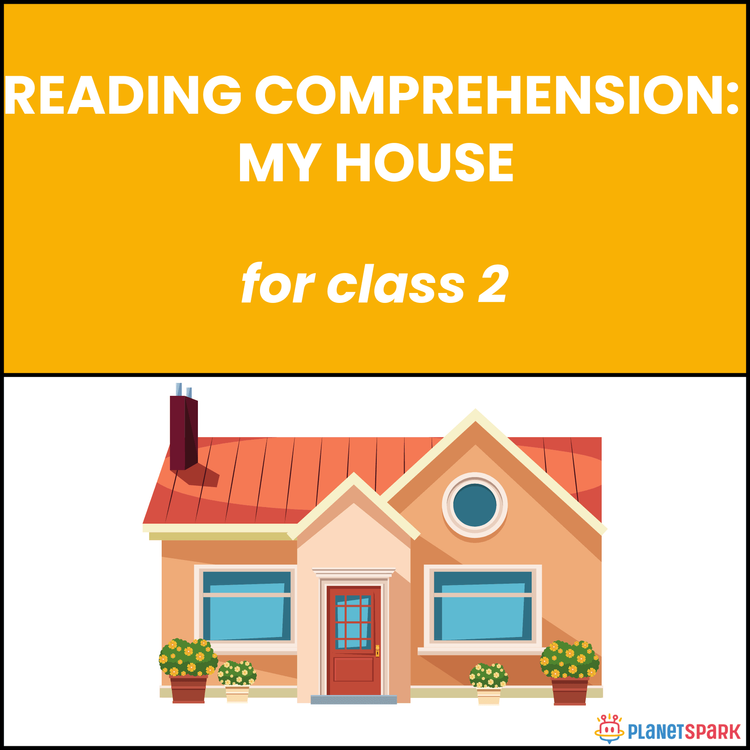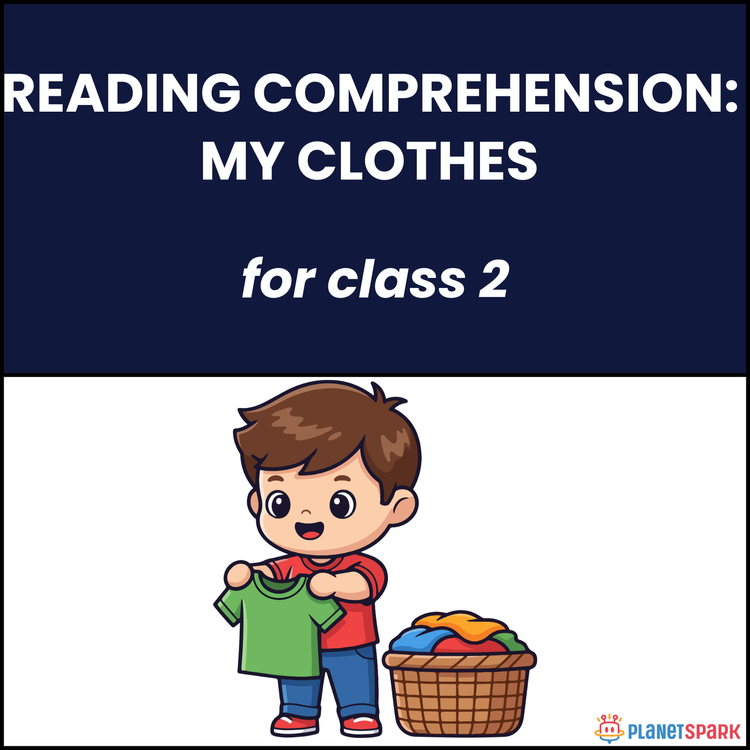Class 4 Worksheet Adverbs of Manner, Place and Time
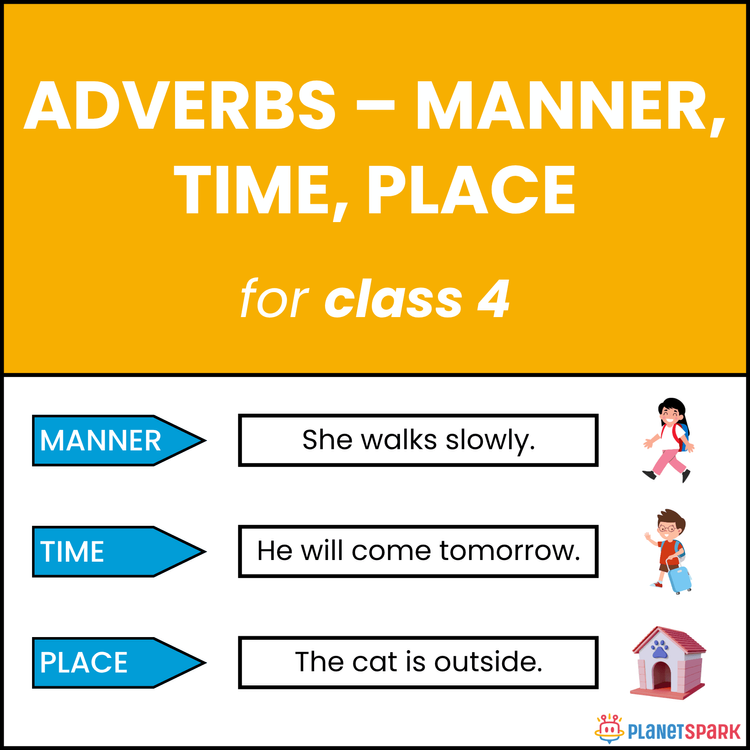

Class 4 Worksheet Adverbs of Manner, Place and Time
Adverb Adventures: Describing Actions with Clarity for Class 4
This engaging worksheet introduces Class 4 learners to the vibrant world of adverbs—words that add detail to actions, describe frequency, and express degree. Through interactive exercises like identification, sentence completion, classification, and word matching, children learn how to confidently use adverbs in daily communication.
Why Adverbs Matter in Grammar?
For young learners, mastering adverbs builds:
Richer vocabulary to describe how, when, where, or how often something happens.
Precision in writing by modifying verbs, adjectives, and other adverbs.
The ability to create more expressive and interesting sentences.
A strong foundation for narrative, descriptive, and functional writing.
What’s Inside This Worksheet?
This worksheet includes five creative and scaffolded activities:
🧐 Exercise 1 – Who’s Who?
Students identify whether the underlined word in each sentence is an adjective or an adverb and write it in the blank.
📚 Exercise 2 – A Story Adventure
A birthday-themed story where learners choose the correct adjective or adverb to complete the sentences accurately.
🧭 Exercise 3 – Spot the Star Word
Learners underline the adverb of time or place and label it “T” or “P” based on its type.
✅ Exercise 4 – Tick the Right Box
Using visual cues and word prompts (e.g., cheerful, slowly, gracefully), students tick whether the word is an adjective or an adverb.
🎯 Exercise 5 – Build the Perfect Match
Students complete a table by pairing adjectives and adverbs correctly (e.g., happy – happily, quiet – quietly).
✅ Answer Key (For Parents & Educators)
Exercise 1 – Adjective or Adverb
adverb
adjective
adverb
adjective
adverb
adjective
adverb
adjective
adverb
adjective
adverb
adverb
adverb
adverb
Exercise 2 – Fill-in-the-blank Story
happy
new
brightly
slowly
joyfully
great
tired
Exercise 3 – Time (T) or Place (P)
P
T
P
T
P
T
P
T
P
T
Exercise 4 – Tick the Right Box
Cheerful – Adjective
Fast – Adjective
Brightly – Adverb
Calmly – Adverb
Sunny – Adjective
Gracefully – Adverb
Slowly – Adverb
Loud – Adjective
Exercise 5 – Matching Table
Quiet – Quietly
Slow – Slowly
Happy – Happily
Polite – Politely
Cheerful – Cheerfully
Quick – Quickly
Brave – Bravely
Beautiful – Beautifully
Bright – Brightly
Loud – Loudly
Calm – Calmly
Gentle – Gently
Encourage your child to describe actions, moods, and feelings more effectively by mastering the world of adverbs through fun and meaningful activities.
Frequently Asked Questions
Adverbs often describe how, when, or where actions happen and may end with “-ly.”
Confusing adverbs with adjectives or placing adverbs incorrectly in sentences.
It enhances sentence detail and accuracy in both speaking and writing.
